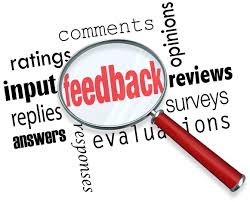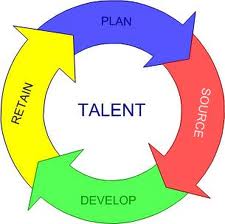Several of the businesses that I am privileged to work with complete feedback forms following our coaching days, very similar to the Net Promoter Score (NPS) methodology.
Recently, a colleague asked for my “magic formula” for getting such consistently high ratings on these feedback forms.
I didn’t have any formula or magic to reveal, yet, upon reflection, the following three “process” components most likely led to the constructive feedback received from my promoters:
- Prepare: in advance of every session with a client, a significant amount of review time is devoted in preparation for the discussion. This includes studying notes from prior meetings and discussions, recent emails, Smartsheet and/or financial updates before our time together. Further, a written agenda prepared in advance of that session, ensures that the critical topics and action items are always addressed.
- Care: the level of preparation described above is a natural by-product of caring for the customer enough to achieve the status of “Trusted Advisor.” In order to optimize successful, meaningful, and valuable long-term relationships with others (personal and professional) elements of trust, likability and genuine care must be in place.
- Dare: this final component entails challenging clients to “Do what they say they are going to do.” One of the primary roles of a coach or consultant is that of accountability mentor. Obtaining results requires planning and execution. Diligent, specific, and often, uncomfortable follow-up will help ensure that the critical activities that have to occur don’t get lost in the “busyness of business.“
Although I’ve approached this from the perspective of a coach or consultant, I believe that this three-step process is applicable for use in multiple scenarios, both personal and professional. Whatever situation you may be currently “managing,” perhaps “prepare, care and dare” can help get you from here to there.









